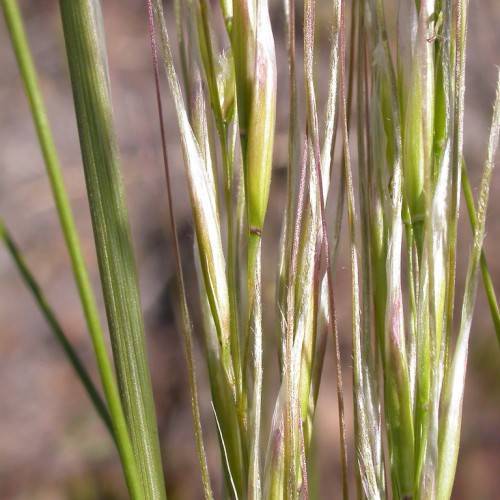
Dore's Needlegrass
Achnatherum nelsonii subsp. dorei
Also Known As - Columbia Needlegrass,Nelson's NeedlegrassWatering:
Average
Hardiness Zone:
Flowers:
Flowers In Summer
Sun:
full sun,part sun/part shade
Soil:
Clay, Sand
Growth Rate:
Low
Drought Tolerant:
Yes
Salt Tolerant:
Yes
Thorny:
Yes
Care Level:
Medium
watering
Lemmon's Needlegrass should be watered about once or twice a week during growing season. During the hottest summer months, you may need to water the plants more often. During the cooler months, if the soil feels dry an inch below the surface, it's time to water. Be sure not to over water the plants, as too much water can quickly drown them. When watering, water the soil around the base of the plant and avoid getting the foliage wet. This will help prevent the growth of fungal diseases.
sunlight
Lemmon's Needlegrass grows best in sunny locations with 8 to 10 hours of sunlight daily. During the summer months, the plant should receive direct sunlight for the majority of the day so it can flourish. During the winter months, however, the plant should receive indirect sunlight as direct sunlight can be too strong. It should be noted that Lemmon's Needlegrass is an adaptable species and may also do well in partial shade.
pruning
Lemmon’s Needlegrass is best pruned in late winter and early spring before new growth begins. This will result in a denser, more compact landscape-friendly form. Dead tips and flower stalks should be removed, and stems can be selectively thinned. Avoid pruning severely, as this will reduce or eliminate flowering. For best results, prune no more than 1-third of the tallest stems in late winter.
